On May 11 (April 14 of the lunar calendar), thousands of locals and tourists attended the Lady of Salt Festival held in Thuy Hai commune. This year's event has a special significance as the traditional salt-making profession here received the decision to recognize it as a National Intangible Cultural Heritage by the Ministry of Culture, Sports and Tourism.
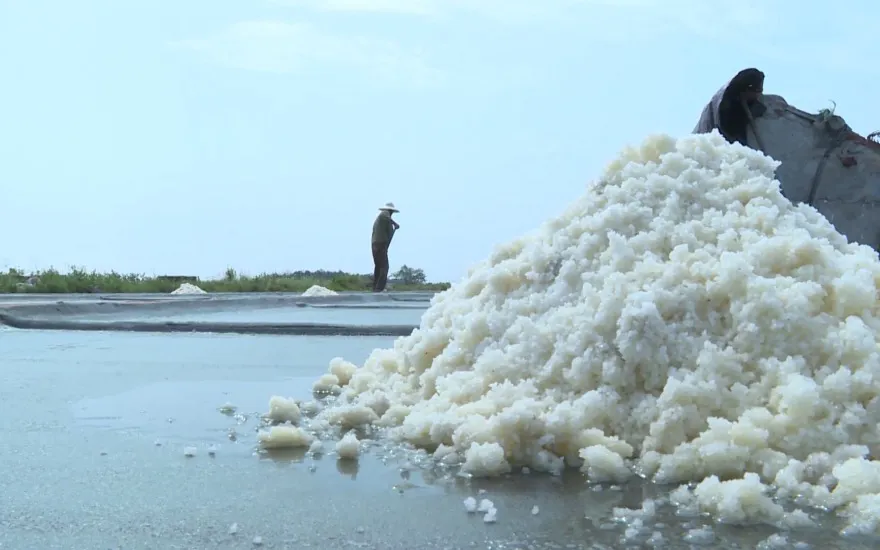
The traditional sea salt making profession in Thuy Hai commune has existed for hundreds of years, going through many ups and downs but is still preserved by the community. Photo: TBTV
The Lady of Salt Festival is an annual cultural and spiritual activity to commemorate the person who spread the salt industry in the Thuy Hai sea area. The Lady of Salt Temple - where the main ceremony takes place - was built in the late 12th century and is the spiritual center of the local people.
The ceremony was solemnly held with traditional rituals. The festival was lively with many folk games, traditional art performances, introduction of local products and salt making experience. Visitors also had the opportunity to enjoy special dishes made from Thuy Hai salt - famous for its pure salt grains, "not salty" thanks to the unique sand filtering method.
The salt-making profession in Thuy Hai not only brings economic value but is also closely associated with local culture. This is the only commune in Thai Binh that still retains the traditional method of producing salt by drying sand. The whole commune currently has about 60 salt-producing households cultivating an area of 4 hectares, with an output of nearly 200 tons per year.
According to local authorities, being included in the list of National Intangible Cultural Heritage will create motivation to preserve and develop the salt craft village, while promoting experiential tourism and introducing coastal culture to domestic and foreign tourists.
Thai Binh is currently orienting to develop tourism into an important economic sector, associated with heritage conservation. The province is focusing on building typical tourism products such as spiritual tourism, ecological tourism, and craft village experiences. The goal is that by 2030, the whole province will welcome over 4.5 million visitors each year, including about 10,000 international visitors; tourism revenue will reach about 7,000 billion VND.
Source: https://kinhtedothi.vn/nghe-lam-muoi-thuy-hai-tro-thanh-di-san-van-hoa-phi-vat-the-quoc-gia.700517.html




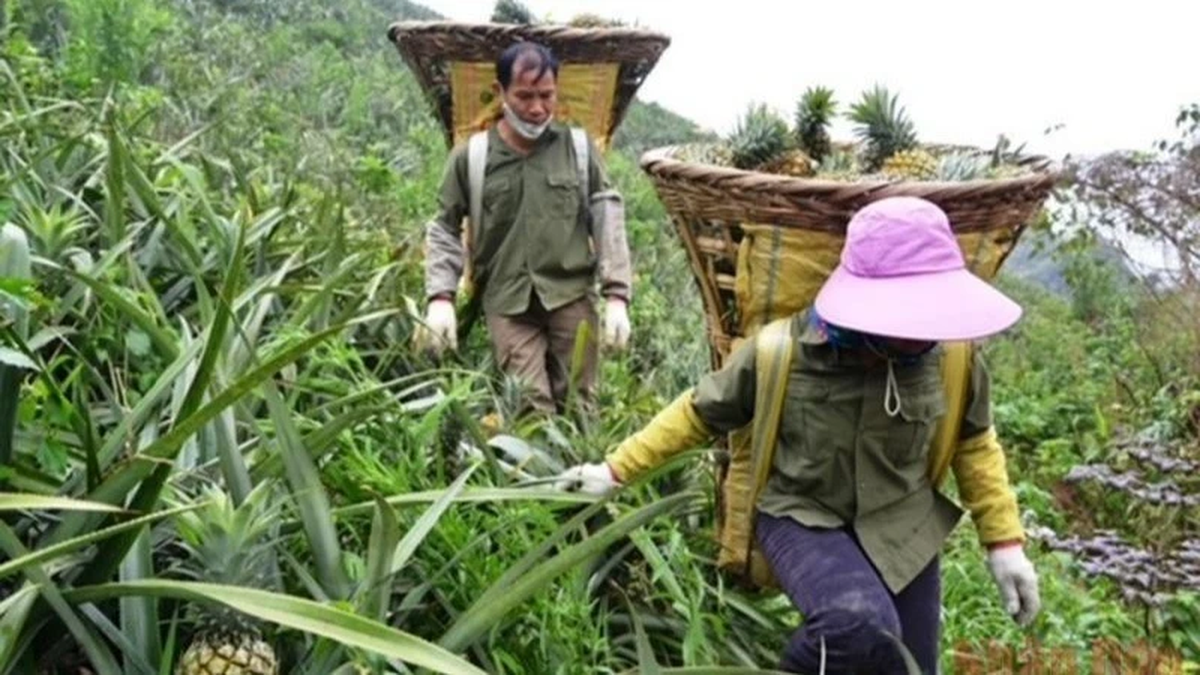
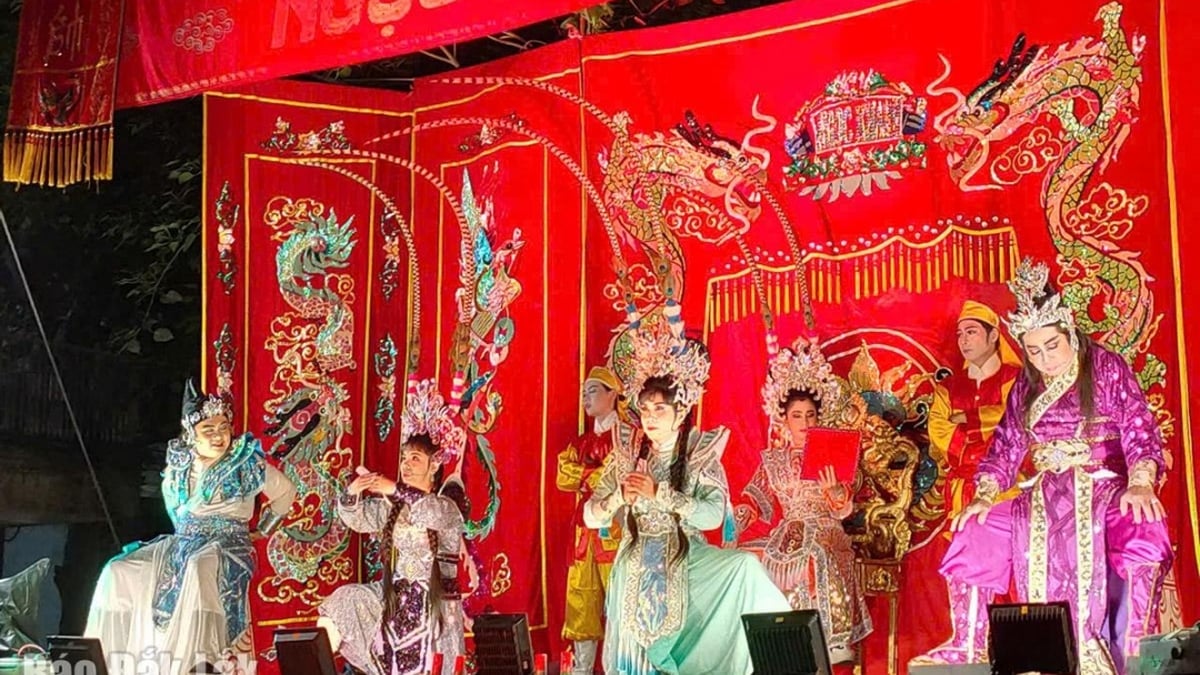


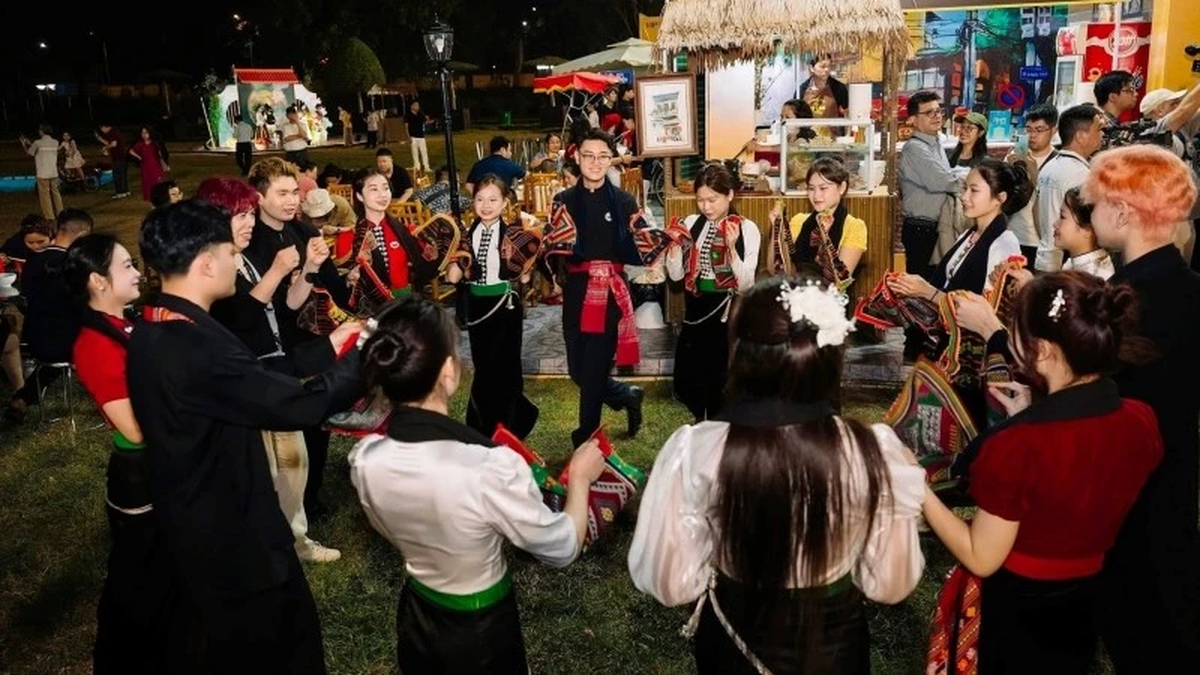
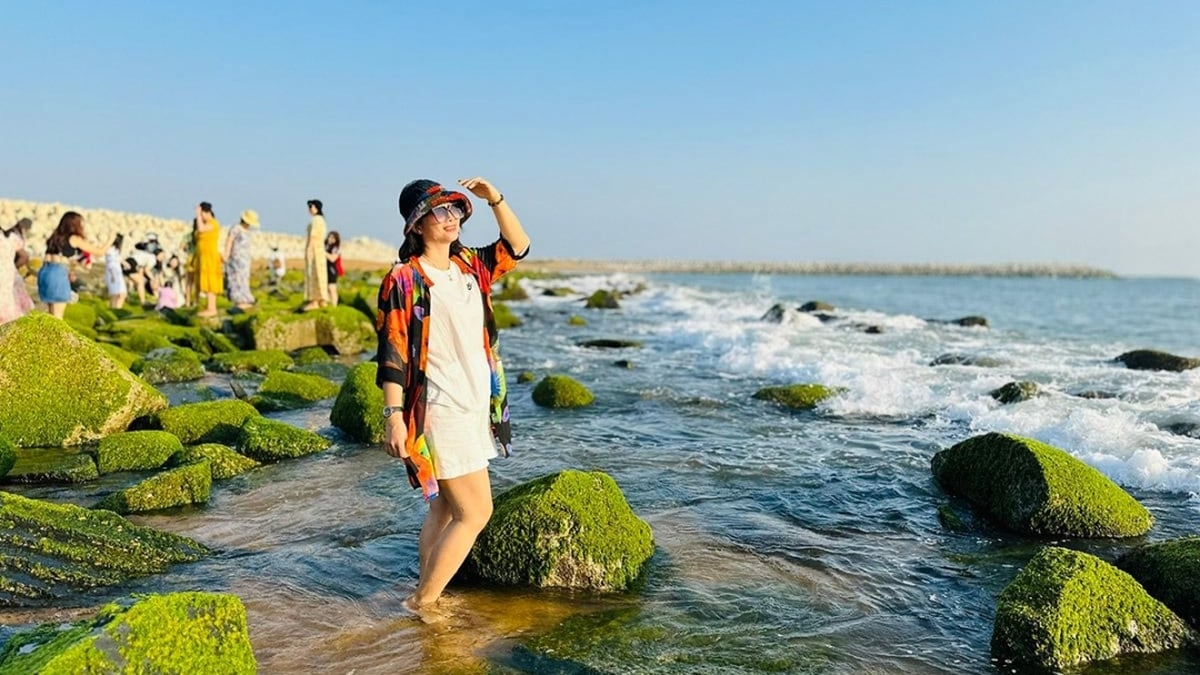
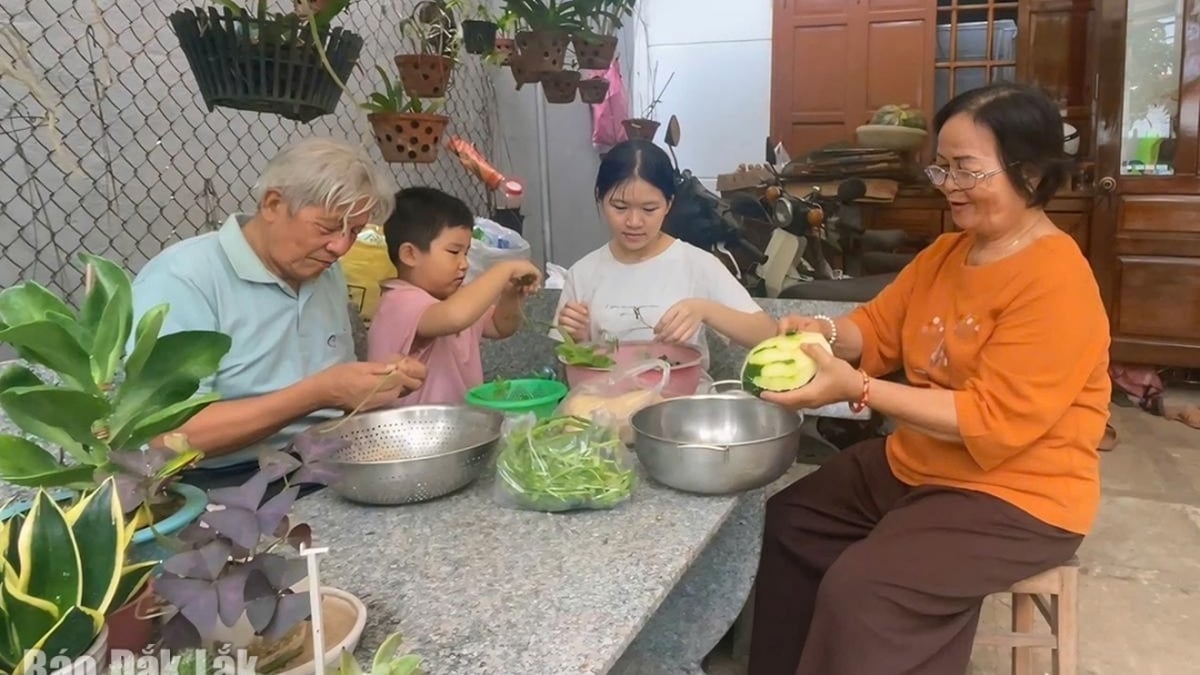
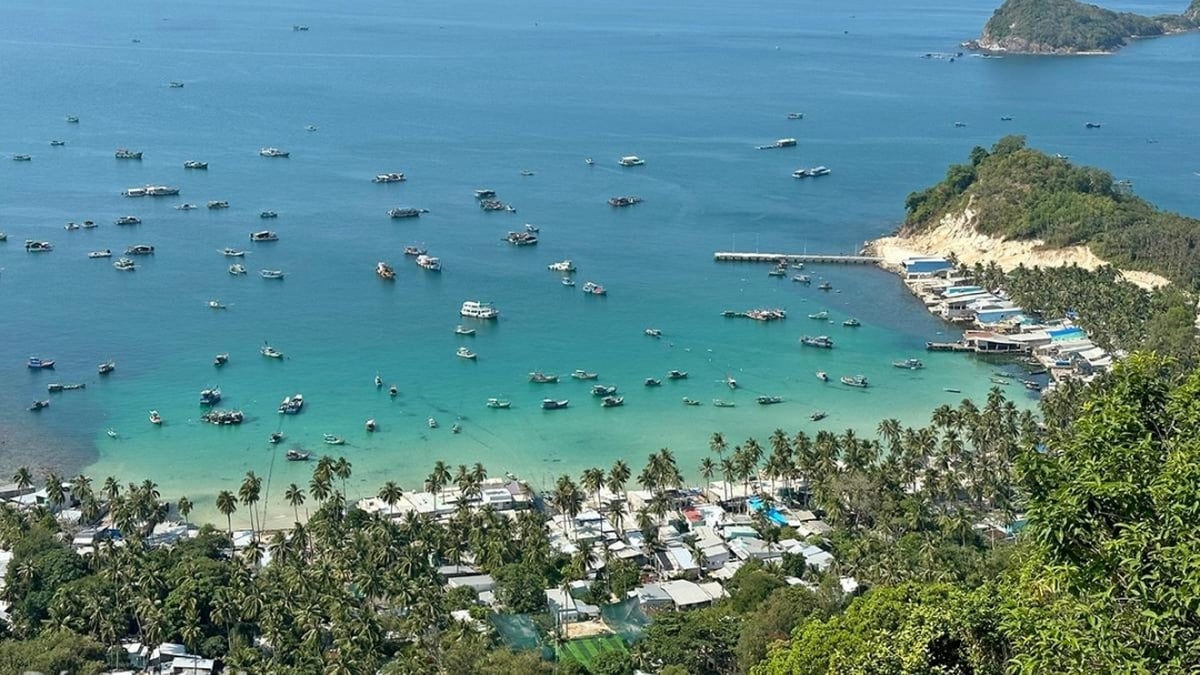
















































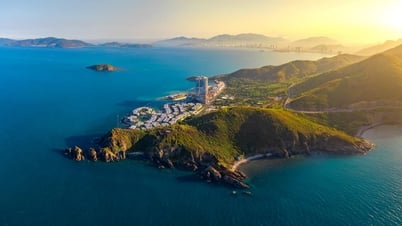


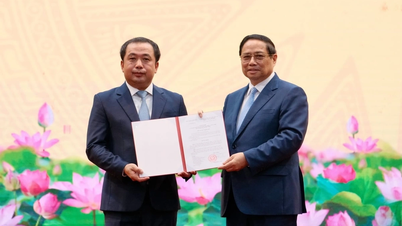





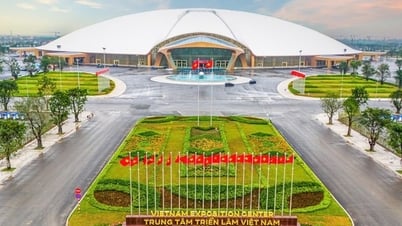
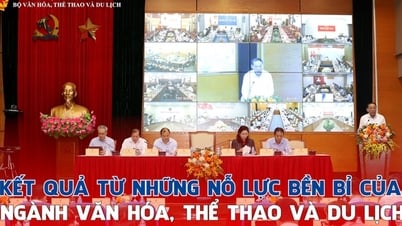

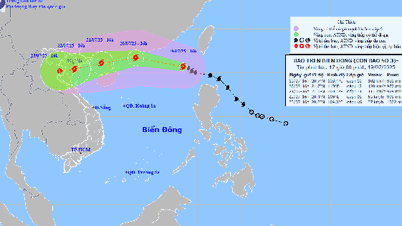

























Comment (0)